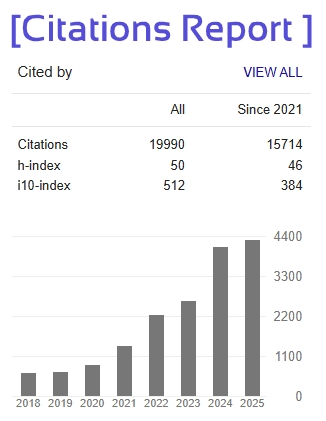Evaluation of the Financial Impact of Flipkart's Loyalty Programs: A Study on Consumer Retention, Spending Behavior and Profitability
Submitted By Harsh Patel 23GSOB2011101
MBA 2023-2025
UNDER THE GUIDANCE OF
Dr. Anindita Chakravorty
School of Business
Galgotias University
May, 2025
Abstract
In the current hypercompetitive digital market, companies continually seek innovative mechanisms to maintain customer participation, generate loyalty and increase profitability. Electronic commerce platforms, in particular, operate in an environment marked by thin margins and preferences of always changing consumers. One of those companies at the forefront of taking advantage of the strategies promoted by loyalty is Flipkart, the e -commerce giant of India's own. Over the years, Flipkart has introduced several loyalty initiatives, the most notable is Flipkart Plus and Super coins. These programs point out not only to reward repeated purchases, but also to cultivate the long -term relationships of customers and influence consumer behaviour so that it improves profitability. However, the questions persist about how effective these initiatives are really, especially in financial terms.
This research work seeks to examine and evaluate the financial impact of Flipkart's loyalty programs with a particular approach in three dimensions: consumer retention, general expense behaviour and profitability. The main objective is to understand whether Flipkart's investment in customer loyalty actually translates into measurable financial gains or if it simply constitutes an additional cost with intangible benefits.
When this study has been carried out, a several -layer research approach has been adopted. The methodology implies a combination of secondary research, interpretation of data from available industry reports, customer comments analysis and theoretical modelling. The key performance indicators (KPI), such as customer life (CLV), the average order value (AOV), the purchase frequency and retention rate serve as fundamental metrics used to assess the effectiveness of Flipkart's loyalty efforts. The study also deepens how these programs influence customer perception and behaviour patterns, such as repeated purchases and brand advocacy.
The analysis reveals a nuanced image. On the one hand, Flipkart loyalty programs have increased client participation and foster repeated interactions, particularly during flagship events such as large billions of days. On the other hand, the direct financial impact is somewhat more complex. The cost of executing loyalty programs, including the issuance of points, the logistics of redemption and integrations of the association, raises a substantial operational load. The return of investment (ROI), therefore, depends largely on customer participation levels and the degree to which these programs generate greater margin sales.







